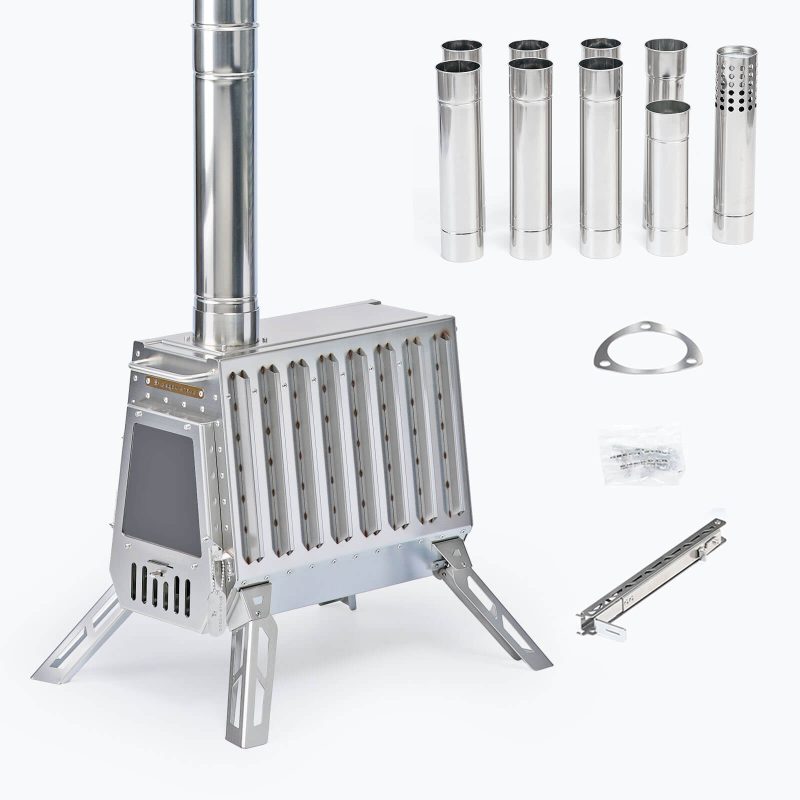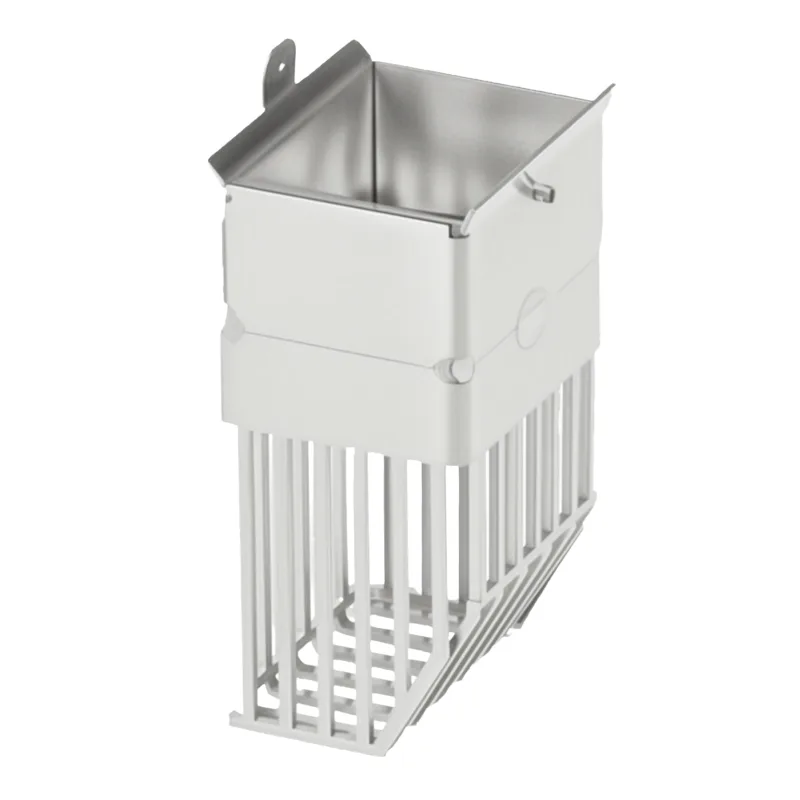The question comes up constantly in online forums and campfire conversations: “Is a Hot Tent Stove truly safe?” As someone who has spent countless nights in the backcountry relying on one for warmth, my answer is a definitive yes, but with zero room for error.
Safety with a hot tent stove isn’t about luck; it’s about a rigorous understanding of combustion, ventilation, and operational discipline. The warmth and comfort are earned through knowledge and respect for the tool. This guide synthesizes manufacturer directives, like those for the Hori 5 stove, with the hard-won wisdom from communities on Reddit and Quora.
Section 1: The Core Principles of Safe Operation
Forget the simple “dos and don’ts” for a moment. Safety hinges on two physical principles: Complete Combustion and Effective Exhaust.
1. Combustion and Ventilation Management
An incomplete burn is a dangerous burn. It produces excessive smoke and, more critically, carbon monoxide (CO)—an odorless, colorless gas that is lethal.
- Fuel Selection: The Foundation of a Clean Burn Your stove is engineered for specific fuels, and your choice directly impacts performance and safety. A stove like the Hori 5 is explicit: use only pure wood or specific wood pellets. For pellet users, focusing on low-ash softwood is the correct approach.Why Low-Ash Softwood is the Superior Choice From a technical standpoint, softwood (Pine, Fir, Spruce) contains higher concentrations of resins (lignin). This results in a pellet that ignites easily and burns hotter than hardwood. This higher temperature is crucial for maintaining a strong draft in a portable stove chimney, preventing smoke backflow. Low ash content (ideally under 0.5%) is the primary indicator of a high-quality, clean-burning pellet.
- Benefits of Low Ash:
- Less Maintenance: Reduces the frequency of cleaning the burn pot.
- Prevents “Clinkers”: High ash content can form hard, glassy slag called “clinkers” that block airflow.
- Higher BTU Output: More combustible material per pound means more heat.
- Cleaner Chimney: Leads to less creosote and soot buildup.
- PFI Certification (Pellet Fuels Institute): Look for “PFI Certified Premium” (ash content <1.0%) or a manufacturer’s “Super Premium” grade, which often implies ash content <0.5%. Avoid “Standard Grade.”
- Listed Ash Content: Reputable brands print this on the bag. Target “<0.5%”.
- Wood Type: The bag should state “100% Softwood” or “100% Douglas Fir.”
- The Gold Standard: Douglas Fir: Universally regarded as one of the best. They burn very hot with extremely low ash. Brands include Okanagan Platinum, Bear Mountain, and North Idaho Energy Logs (“Purcell”).
- Excellent Alternative: Pine / Spruce / Fir Blends: More widely available and offer fantastic performance. Brands include Lignetics, Energex, La Crete Mills, and New England Wood Pellet.
- Benefits of Low Ash:
- Maintain a Stable Fire: A smoldering, smoky fire is a sign of poor combustion and a potential precursor to smoke backdrafting into your tent. If the flame dies, it’s crucial to re-establish it quickly or safely extinguish it, ensuring the tent is ventilated.
- Ventilation is Redundant Safety: Your chimney is the primary exhaust, but your tent must be the secondary. Always maintain a source of fresh air, whether by cracking a door or using a designated vent. This supplies oxygen for the fire and ensures that in a worst-case scenario, CO has a path to escape.
- The Carbon Monoxide Detector: This is non-negotiable. Across every experienced community, the rule is absolute: A CO detector is a mandatory component of your stove system. It is your only reliable defense against the silent threat of carbon monoxide poisoning.
2. Exhaust System Integrity (The Chimney)
The “stack effect”—where hot air in the chimney rises, creating a pressure difference that pulls exhaust out—is the engine of your stove’s safety. A compromised system fails.
- Chimney Height and Draft: Follow the manufacturer’s minimum height requirements religiously. For pellet burners, this means using all supplied chimney sections. As discussed frequently on forums, adding extra pipe sections almost always improves performance by increasing the stack effect, leading to a stronger draft and more efficient burn.
- Condition and Cleanliness: Before every trip, inspect your chimney pipes for damage, warping, or blockages. After use, clean them. Creosote and soot buildup from combustion can restrict airflow and, in a worst-case scenario, ignite, causing a chimney fire.
Section 2: The Operational Protocol
These are the hands-on actions that ensure the principles above are maintained.
- Outdoor Use Only: This seems obvious, but it means the stove is designed for use in a well-ventilated shelter like a hot tent, not a sealed house or garage. You must be able to monitor it during operation.
- Establish a Safe Zone: Place the stove on a completely flat, stable, and non-combustible surface. A fire-resistant mat underneath is standard practice. Ensure adequate clearance between the stove and any flammable materials, including tent walls, bedding, and gear.
- Handle with Care: The entire stove body becomes extremely hot. Always use heat-resistant gloves. Be aware that many stoves have sharp metal edges—handle carefully during setup and breakdown.
- Respect Structural Limits: Do not place heavy items on the stove. It is not a utility shelf, and excess weight could compromise its stability.
- Cooldown and Ash Disposal: This is a critical step where many accidents happen. Ashes can retain hot embers for many hours after a fire appears to be out. Let the stove cool completely before handling. Dispose of ashes in a designated metal container or by dousing them thoroughly with water and burying them, far from flammable ground cover.
- No Modifications: Do not alter your stove. Manufacturers have engineered the components to work as a balanced system. Drilling extra holes or changing parts can unpredictably alter the combustion and exhaust dynamics, creating a safety hazard.
Conclusion: Safety is a Discipline, Not a Feature
A Hot Tent Stove like the Hori 5 is a piece of high-performance equipment. Its safety is not an inherent feature but a direct result of the operator’s knowledge and discipline.
By mastering the principles of combustion, meticulously selecting your fuel, maintaining your exhaust system, and adhering to a strict operational protocol, you can confidently and safely extend your camping season into the coldest months. And remember the ultimate rule echoed by every veteran user: your CO detector is as essential as your stove itself.






